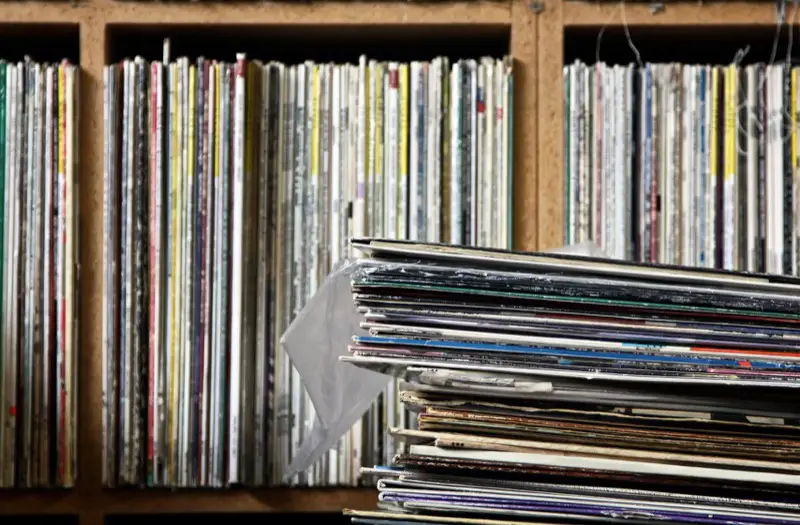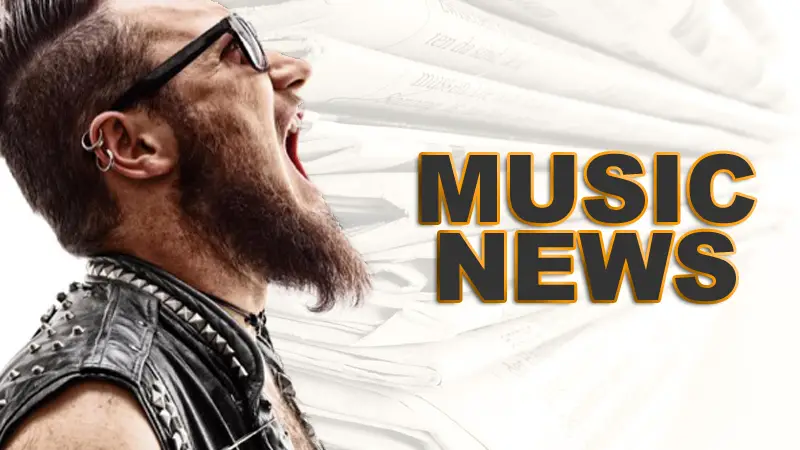
Into Vinyl? Here’s a Brief History of Records
I’m in the midst of writing a children’s book about all the different things we’ve used to listen to music over the decades. Whilst doing some extra research, I came across this concise history of vinyl at British Ideas Corporation.
As a teenager in the Eighties, I grew up with records. I started buying music just before the invention of CDs and long before CDs became the dominant music format. My first love was cassettes. I’ve previously written about this for British Ideas Corporation but records are my enduring passion.
There’s many a learned article been written about which music format sounds the best but listening to music isn’t a scientific exercise. Yes, digital audio straight from the mixing desk is probably the purest sound and when pumped through a pair of high-end studio monitors, it will blow your socks clean into the next room. The thing is, music isn’t pure. A piano, for instance, generates undertones and overtones as the strings either side vibrate with each note. These are known as harmonics. Even though harmonics are almost impossible to hear, they give warmth and context to the actual notes, so we are used to hearing imperfections in music. When these are removed, either from digital mastering or from mp3 compression, there is something lost from the overall sound.
I like the sound from vinyl. It may be a placebo effect but being able to see the media, read the sleeve notes without a magnifying glass and physically place the needle on the record, it provides a greater connection with the music.
OK, time for the history lesson.



